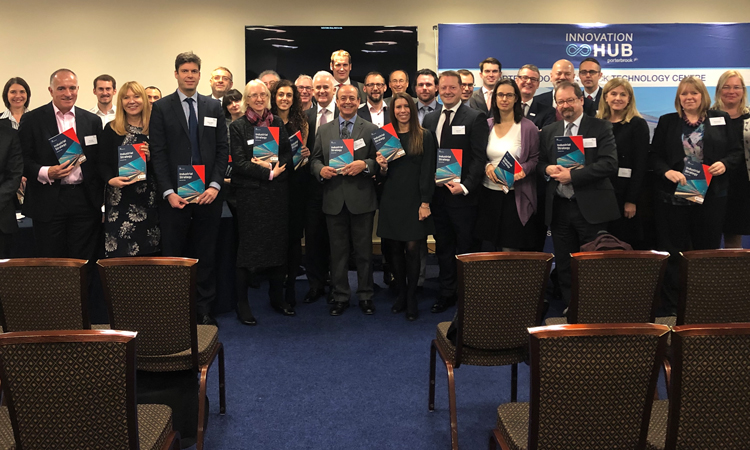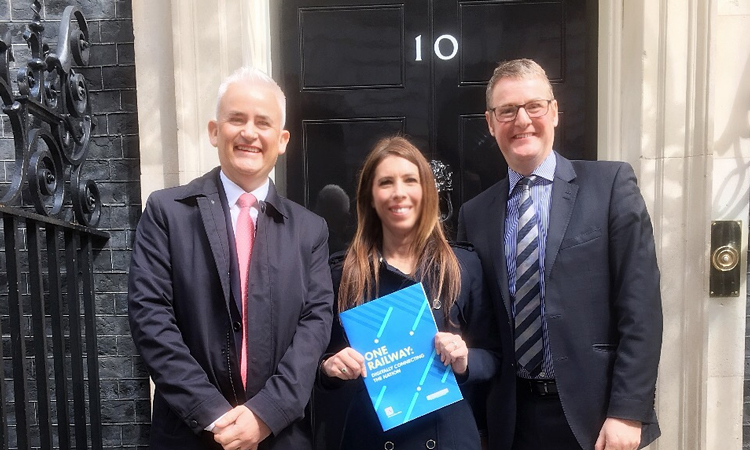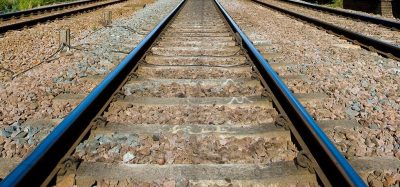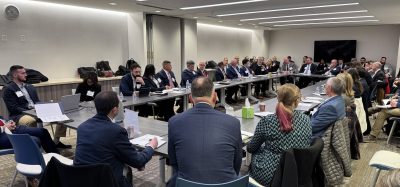Offering an insight into the recent Rail Sector Deal
Posted: 11 February 2019 | | No comments yet
Speaking to Gordon Wakeford, RSG Chair and CEO Siemens Mobility Ltd, Philip Hoare, CEO Atkins UK and Europe and Sector Deal co-Lead, and Anna Delvecchio, Commercial Account Director at Amey and Sector Deal co-Lead, Global Railway Review’s Junior Editor, Tara Nolan, gained a deeper understanding of the Rail Sector Deal and how it will affect the industry as a whole.


In 2018, as part of the Industrial Strategy, the UK government agreed to a Rail Sector Deal, demonstrating a commitment to maximise the country’s strengths and develop the necessary rail infrastructure.
The deal was developed in collaboration with the entire rail sector, and supported by the major train manufacturers in the UK.
To delve into the finer details of how this deal came about, and the struggles that arose, Tara Nolan, Global Railway Review’s Junior Editor, spoke to three individuals that were influential in the deal’s creation and implementation.
What is a sector deal?
A sector deal is a partnership between government and industry on sector-specific issues. It can create significant opportunities to transform sectors; boosting productivity, innovation and skills.
The essence of the Rail Sector Deal is the opportunity to transform the railway through digitalisation, enhanced customer experiences and sustainable business models.
What is the main goal of the Rail Sector Deal, and why is this imperative for the rail industry?
The deal will create conditions that will help government and industry collectively address the root causes of today’s railway challenges. The main goal is to develop a coordinated government and industry approach; transforming the delivery of the modern railway, driving productivity and delivering a more reliable network for both operators and passengers. We are seeing a great amount of investment in the rail industry, and the sector deal provides a great framework to transform rail collectively alongside other initiatives.
The underlying premises of the deal are embracing digital technology and making much better use of the wealth of data held in the rail industry. It also looks at how the significant wave of funding going into the rail industry over the next five years and beyond can be better spent for passenger and freight users, the supply chain and operators, Network Rail, and of course the taxpayers.


Philip Hoare, Anna Delvecchio and Gordon Wakeford
What was the biggest challenge faced when compiling the Rail Sector Deal?
The biggest challenge was aligning our complex and large industry to focus on the key issues; raise above the ‘here and now’ and focus on a future railway by considering the ‘bigger picture’ rather than local and individual needs.
Collaboration and extensive stakeholder management across the sector was vital.
Will we reach a point where the railway network and its technology are adequately digitalised, or will it be a never-ending job as the technology itself evolves?
Digitalisation is a key enabler and will always, by its nature, evolve and improve. The key is to continuously look ahead and ‘future-proof’ new systems for this inevitable change. This will require new procurement models and service arrangements. It will also require more collaborative working to develop new specifications and procurement models for digital signalling to allow a rolling network upgrade (the known benefit of digital signalling) whilst significantly reducing the overall cost of signalling upgrades and implementation.
What changes will the Rail Sector Deal implement in the next five years?
The Rail Sector Deal is a long-term sustainable partnership between government and industry. Our absolute focus will be delivering the deal in partnership with government, Network Rail, HS2, trade associations, UKRRIN, RSSB, NSAR and the supply chain.
Over the coming years, we have committed to:
- Delivering a web portal to enable us to use data more intelligently
- Delivering the exchange of ideas between government, industry and client organisations in a more collaborative way to be able to predict and fix problems on the rail network before they arise, and ultimately develop new products for passengers such as better journey-planning applications
- Reducing the industry cost of digital signalling
- Supporting our world-class rail sector by increasing exports
- Running several pilots (using the midlands) for both SME’s and apprenticeships growth
- Developing a productivity plan for the sector
- Supporting SME development and new entrants into the rail market by driving innovation through procurement.
These will ultimately improve the productivity and competitiveness of the UK rail sector and its supply chain.






